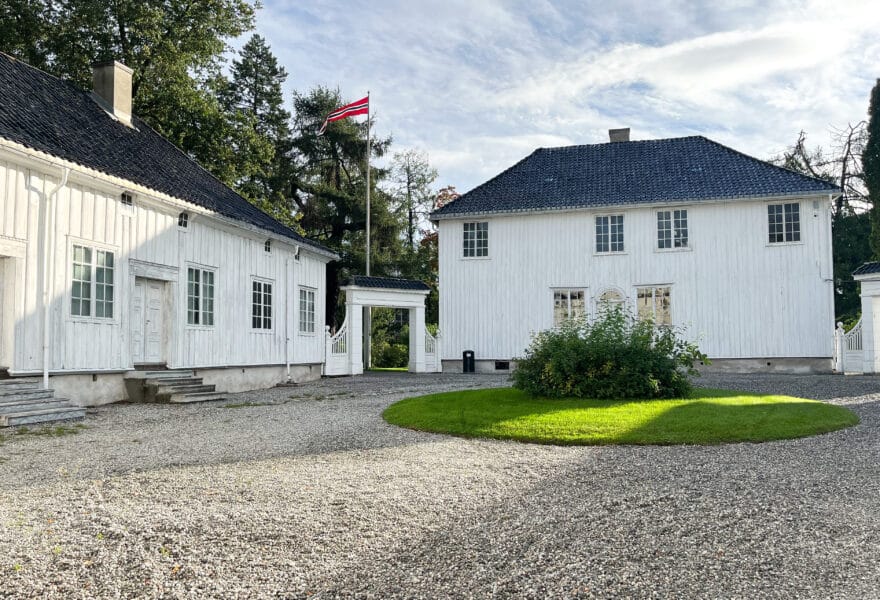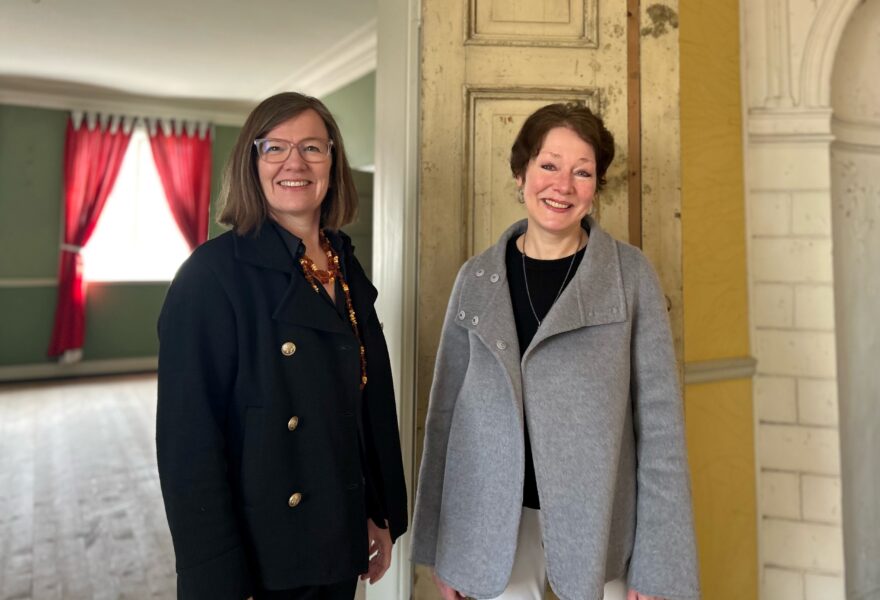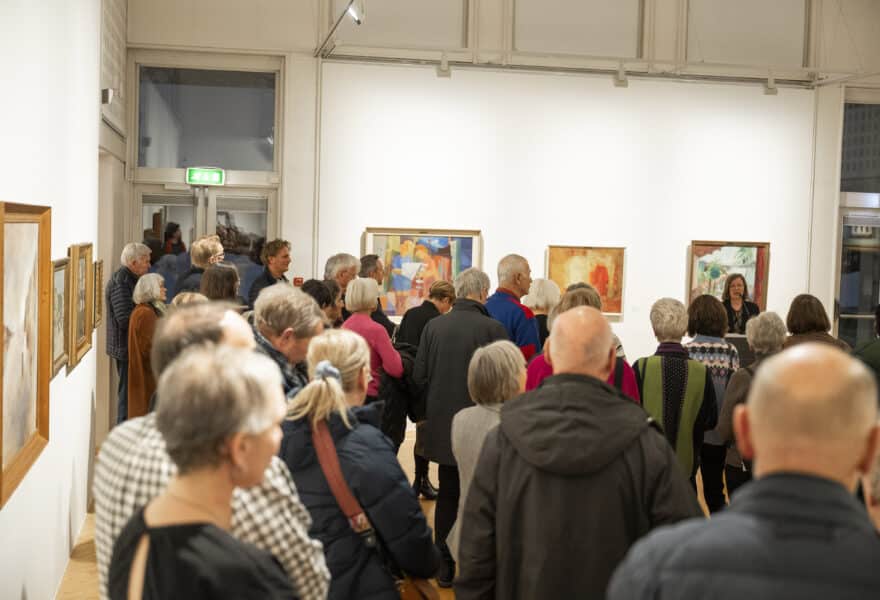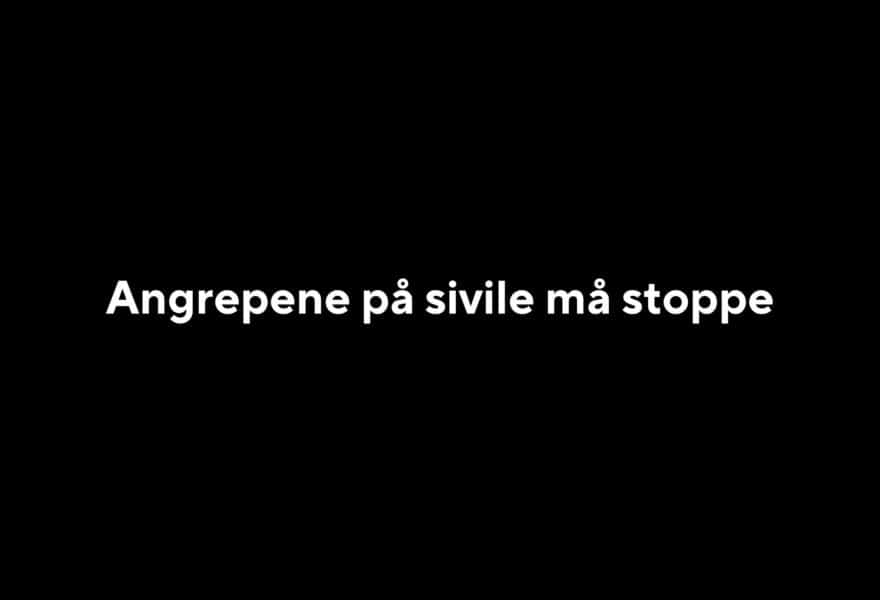
The Savings Bank Foundation and the museum's dissemination
Sparebankstiftelsen DNB is the most important supporter of Drammens Museum outside the public awards.
It was the Sparebankstiftelsen that made it possible for the museum to put in place the fantastic Drammens Museum Chandelier, created especially for our stairwell by the world-famous glass artist Dale Chihuly. It is the Sparebankstiftelsen that in 2015 started a long-term collaboration between Drammens Museum and Lillehammer Kunstmuseum to build up a unique quality collection of American urban photography from the middle of the 20th century. And it is the Sparebankstiftelsen that with generous support has made it possible for Drammens Museum to build a completely new dissemination space that is used daily in our extensive school program and which forms the perfect arena for cultural evenings and lectures.
The large bright room is equipped with all technical aids and gathers around 100 adults for lectures. We have been all the way up to 140 pieces, but then the capacity was blown! Dissemination is of the utmost importance for a museum. We see communication to children and young people and offers to the adults in context. The goal of having a quality offer for children and young people is to help lower social and mental thresholds and help children and young people more easily experience that they find something great and educational at the museum, experiences and knowledge they can not acquire. that way elsewhere. Therefore, there is always a workshop with self-activity related to guided tours and teaching. The goal is to make as many people as possible happy in their museum and as they grow up will want to come back and further develop an interest and satisfy a need for art and culture.
But those who are already adults already have such a need that must be properly addressed. We have long had a suspicion of this, because we see that people both come to exhibitions and study objects and read information sheets with great interest. But that there will be between 70 and 140 at lectures is still something that has pleased us. We see the objects of art and culture as things that have their meaning and emotional impact through a broad spiritual-historical understanding. It was the concept artists of the 1960s who pointed out that the eloquent silence that often protected the abstract paintings was in reality a cover-up and that these images "swam in a sea of words" and could therefore be talked about. And so it is with 18th-century buildings in stave and loft; this is the case with classic gardens; so it is with exquisite city furniture from 19th-century bourgeois homes and the glass of the nobility; such is the case with peasant women's traditional embroidery and modern design; such is the case with naturalistic landscape painting and this is the case with contemporary folk art, street art and graffiti.
The non-material part of the cultural heritage is necessary to get a rich and deep experience of the museum's objects. Therefore, our offer of lectures to adults is related to topics that do not necessarily have to have anything directly to do with our exhibitions and collections, but which are topics that are there in the culture of our time and that are useful to think about. Therefore, we have focused on topics such as self-presentation in art and digital youth culture, the question of whether we today have a harmful view of nature and the question of what identity really is for something. We have given lectures on the digital revolution and what it does to us as human beings and we plan lectures on topics such as narcissism in men and women, on folk art's relationship to modern art practices and on the importance of the Lutheran Reformation for church decoration and worship.
We also try to take some of the sting out of the most intricate quality assessments of photos, and inspired by cake and cooking competitions on TV, we arrange cultural evenings where three people with different, but knowledgeable, backgrounds give "Art criticism on the spot" in blind tests and with a unpretentious approach. - And all this the Drammen audience appreciates. So this is something we are going to continue with.
Åsmund Thorkildsen
Museum director
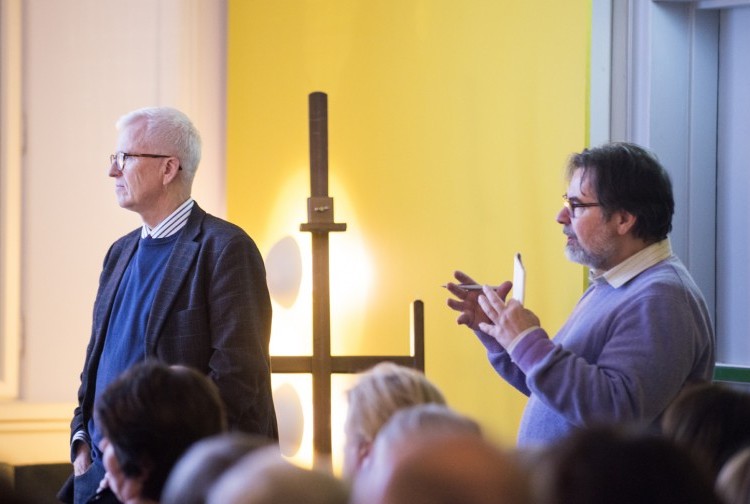
See also...
The pleasure garden at Marienlyst
The Marienlyst project – revitalization, anchoring and inclusion
Opening of Perspektiv Drammen - Artwork from the museum's collections
Perspective Drammen
Artwork from the museum's collections
22.02.24-04.08.24
Opening of the November exhibition 2023
22.11. opened Buskerud Visual artists and Drammens Museum November exhibition 2023. We welcome you to a great exhibition in the Lychepaviljon from 23.11.23 to 07.01.24
The November exhibition 2023
The November exhibition 2023 opens on Wednesday 22 November at 18:00
The attacks on civilians must stop
We strongly condemn the killings of Israeli and Palestinian civilians taking place in the Middle East.

